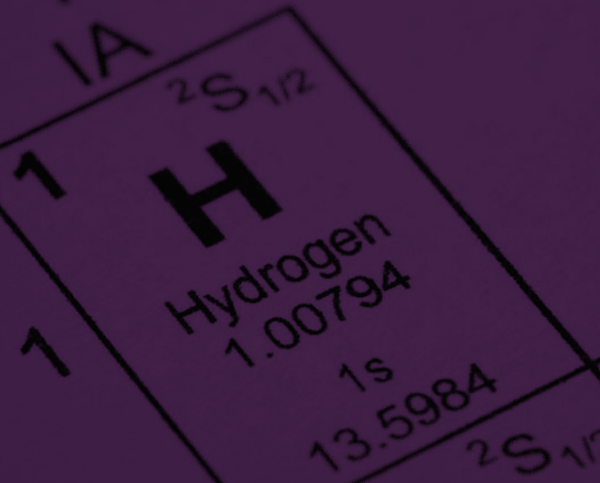
Hydrogen has long been seen as a low-carbon replacement for fossil fuels in transportation. However, as a low-density gas, it is difficult to store safely and compactly within vehicles.
Now researchers at Bristol University, funded by the EPSRC, are developing composite materials capable of adsorbing hydrogen gas and storing it at high densities, within nanometre-sized pores.
What’s more, the materials are being used to allow trapping and release of the hydrogen molecules on demand, according to Dr Valeska Ting, Reader in Smart Nanomaterials at Bristol University.
“Hydrogen is a gas at room temperatures and pressures, so if you want to carry it around it takes up a lot of volume,” said Dr Ting.
This has prompted research into porous materials such as nanostructured carbons, metal-organic frameworks or zeolites, which have a high surface area. These materials act like a sponge, sucking in the hydrogen and storing it in nanometre-sized pores at far higher densities than is possible in gas form.
“Because it is in a solid material, you can carry it around, instead of carrying a giant balloon of hydrogen gas or a high pressure tank,” said Ting.
Unlike existing porous materials though, which typically need to store the gas at very high pressures or very low temperatures in order to carry the amount of hydrogen needed for transportation, these composite materials should allow for use at room temperature.
That is because the team are incorporating active responsive polymers into the composite, which may change their shape in response to light, heat or a magnetic field. In this way the material can be triggered to undergo a change in structure, either blocking or unblocking the pore, to obstruct or allow the movement of gases to or from the pores.
The technique could allow such porous materials to store ten times more hydrogen at room temperature than existing materials, making them far more suitable for use in transportation.
The materials could also potentially be used in carbon dioxide capture, drug delivery and smart packaging.
The project will also involve development of new measurement techniques for hydrogen storage materials, which will be carried out in collaboration with Warrington-based gas sorption specialist Hiden Isochema.


Project to investigate hybrid approach to titanium manufacturing
Sadly they will not be ordering any more presses from Wilkins & Mitchell http://www.historywebsite.co.uk/articles/Darlaston/WM.htm